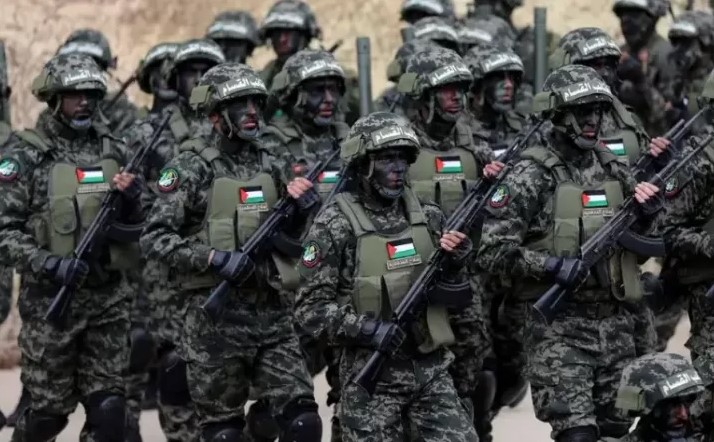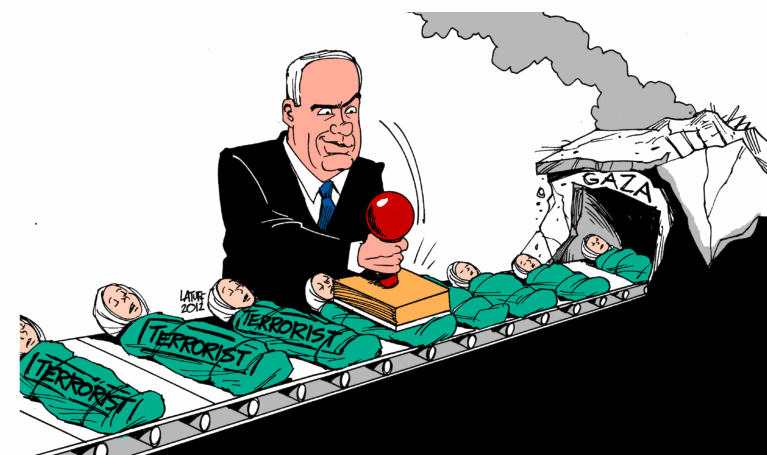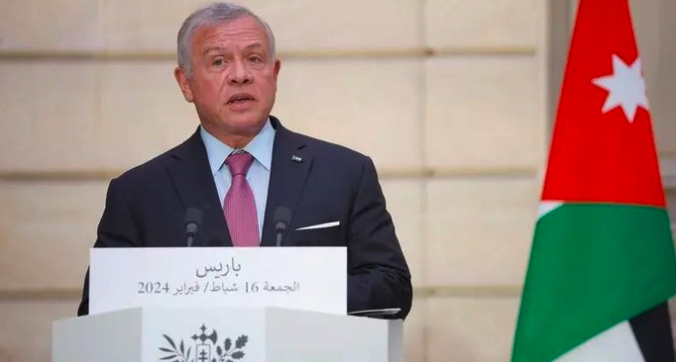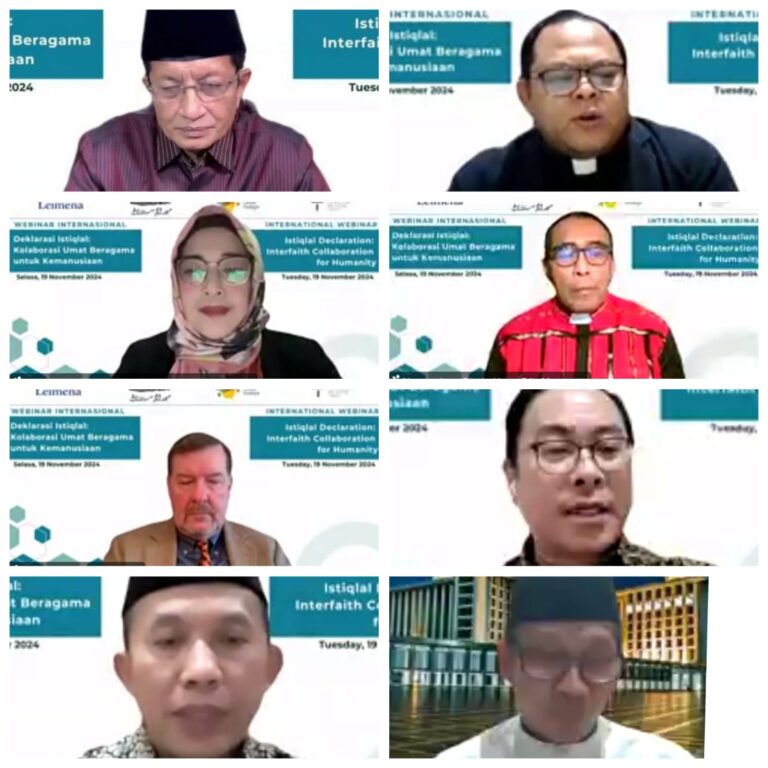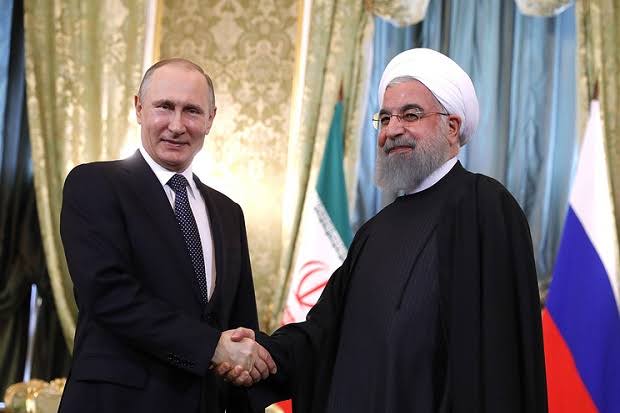
STRATEGIC ASSESSMENT-At the invitation of Russian President Vladimir Putin, Iranian President Ibrahim Raisi visited Moscow from January 19 – 20. The two met for three hours, and Raisi addressed the lower house of the Russian legislature, a rare opportunity only afforded to favored leaders and individuals close to the Kremlin.
Highlighting the Iranian view of the trip’s significance, Raisi told journalists, before departing for Moscow, that: “The visit may become a turning point in political, economic and trade relations between Iran and Russia, and it may also be effective in ensuring security, economic and trade relations in the region.
” Raisi’s comments and the high-level itinerary for the visit suggested that Russia and Iran seek to broaden their relations beyond their widely reported bilateral files of recent years. Those files have included the Syria conflict, in which Iran and Russia have cooperated to preserve the rule of President Bashar al-Assad; the ongoing talks in Vienna to restore full U.S. and Iranian compliance to the 2015 multilateral nuclear deal, of which Russia is a participant; potential Russian arms sales to Tehran; security in Central Asia; the Taliban takeover in Afghanistan; and trade and investment, particularly on energy.
This visit comes four months after the approval of Iran’s application to become a full member of the security-focused Shanghai Cooperation Organization (SCO), which is dominated by Russia and China.
The Raisi visit occurred in a context of increasing U.S. and allied pressure on both countries. During the Raisi trip, U.S. and Russian diplomats met in Geneva to try to head off a potential Russian invasion of Ukraine—talks that included U.S. threats of coordinated multilateral economic sanctions on Russia if it invaded. In his reported comments to President Putin and his speech to the Russian legislature, Raisi restated Iran’s position that the comprehensive U.S. sanctions in place on Iran are a “violation of Iran’s rights” and represent economic war against the Islamic Republic.
At the same time, recognizing that Russia wants a full restoration of the 2015 Iran nuclear deal (as does the U.S.), Raisi stressed that his government does not seek a nuclear weapons capability and is committed to reaching an agreement in Vienna as long as the agreement results in the lifting of U.S. sanctions.
An unexpected focus of Raisi’s visit was discussion of an emerging longterm strategic partnership between the two countries, modeled on a similar agreement finalized between China and Iran in March 2021.
That agreement provided for China to invest $400 billion in Iran over the 25-year term of that accord, although experts doubt whether the full extent of the planned investment will be realized in practice.
Raisi told a meeting of Iranian economic actors in Moscow that preliminary work has already started on drafting a 20-year Iran-Russia partnership deal, which Iranian officials told journalists would encompass not only economic dimensions such as Russian investment and bilateral trade, but also military cooperation.
Although the broad pact was not finalized during the Raisi trip, Putin reportedly did agree to provide Iran with a $5 billion credit line, which Tehran badly needs following years-long and crippling international banking restrictions. The military cooperation component of the visit was on display, as well; on the eve of Raisi’s arrival, Russian warships entered Iran’s Chahbahar port to participate in joint naval exercises with China and Iran.
The Raisi trip did not address the immediate concerns of the United States and its regional partners, particularly the Arab monarchies of the Persian Gulf, that Russia might finalize a sale of new weaponry to Iran. There was no announcement during or after the visit about whether Russia would proceed with a sale to Iran, under discussion since 2016, of the Su-35 combat aircraft, advanced T-90 tanks, and the S-400 missile defense system. Iran last modernized its conventional arsenal in 1992 by buying equipment from Russia and China, but U.S.-led sanctions and global criticism of Iran’s policies caused those two suppliers, as well as others, to avoid further conventional arms sales to Iran.
The lifting of most U.S. sanctions in 2016 in conjunction with the multilateral Iran nuclear deal appeared to put the question of new Iran arms sales back on the table. International legal restraints on such sales ended when the global ban on arms transfers to Tehran expired in October 2021, in accordance with the provisions of U.N. Security Council Resolution 2231. However, the Trump administration’s 2018 exit from the nuclear agreement and re-imposition of all U.S. sanctions continued to forestall the Russian sale. Iran’s conventional capabilities languished even as its indigenous development of increasingly advanced ballistic and cruise missiles and armed drones demonstrated significant success and, when placed in the hands of Iran’s regional allies, gave Tehran a regional “force multiplier.”
In 2022, the expanding Russia-Iran strategic relationship, coupled with their common interest in countering and confronting the United States on a wide range of issues, might ease some of Moscow’s concerns about completing the arms sale.
Still, Iran’s ability to pay will hinge on an agreement in Vienna that restores the Iran nuclear deal and eases international economic sanctions on Tehran. Even with most of its concerns resolved, Moscow still might seek to avoid harming its burgeoning relations with the Gulf states by selling advanced conventional arms to Tehran.
If Russia helps Iran redress its conventional military weakness by transferring to Tehran its most modern equipment, the already formidable security threat from Iran will compound exponentially (TSC)


